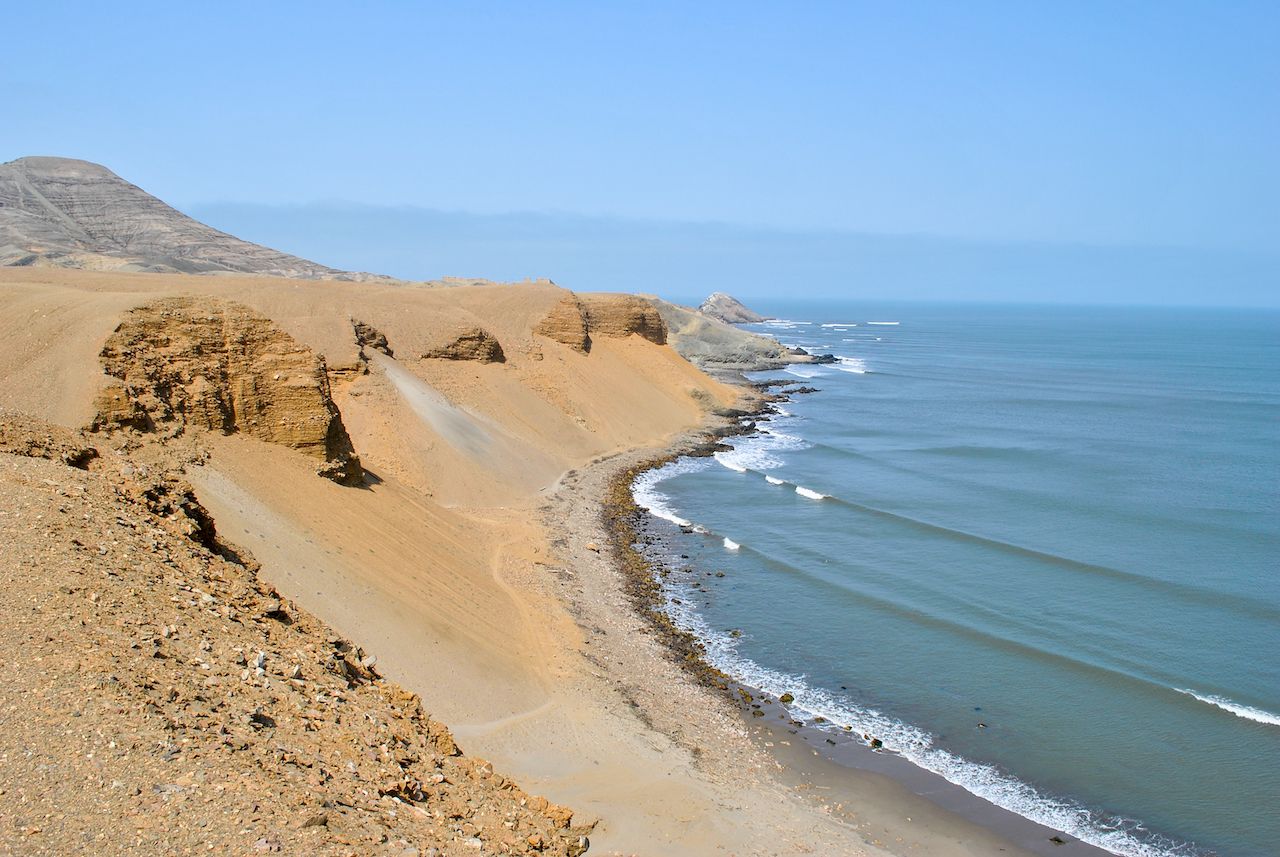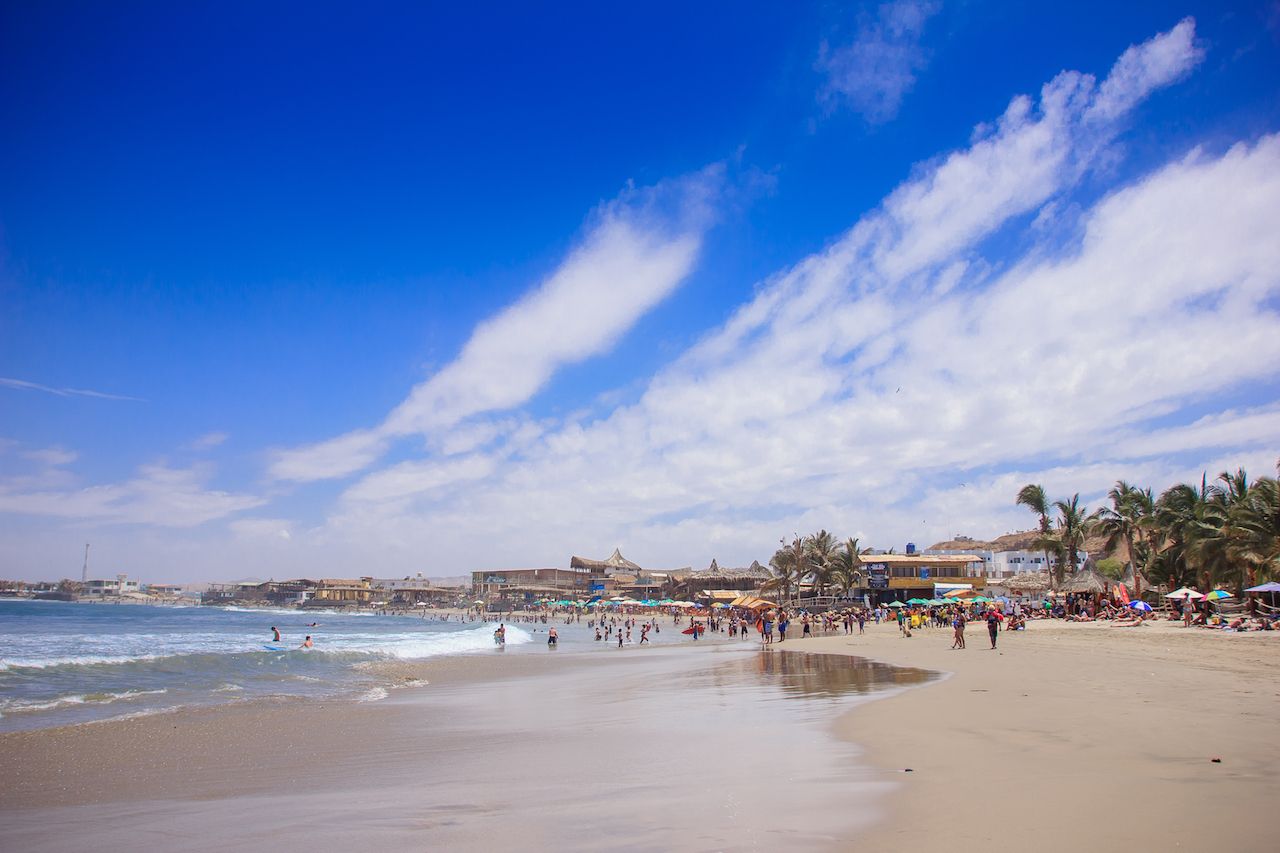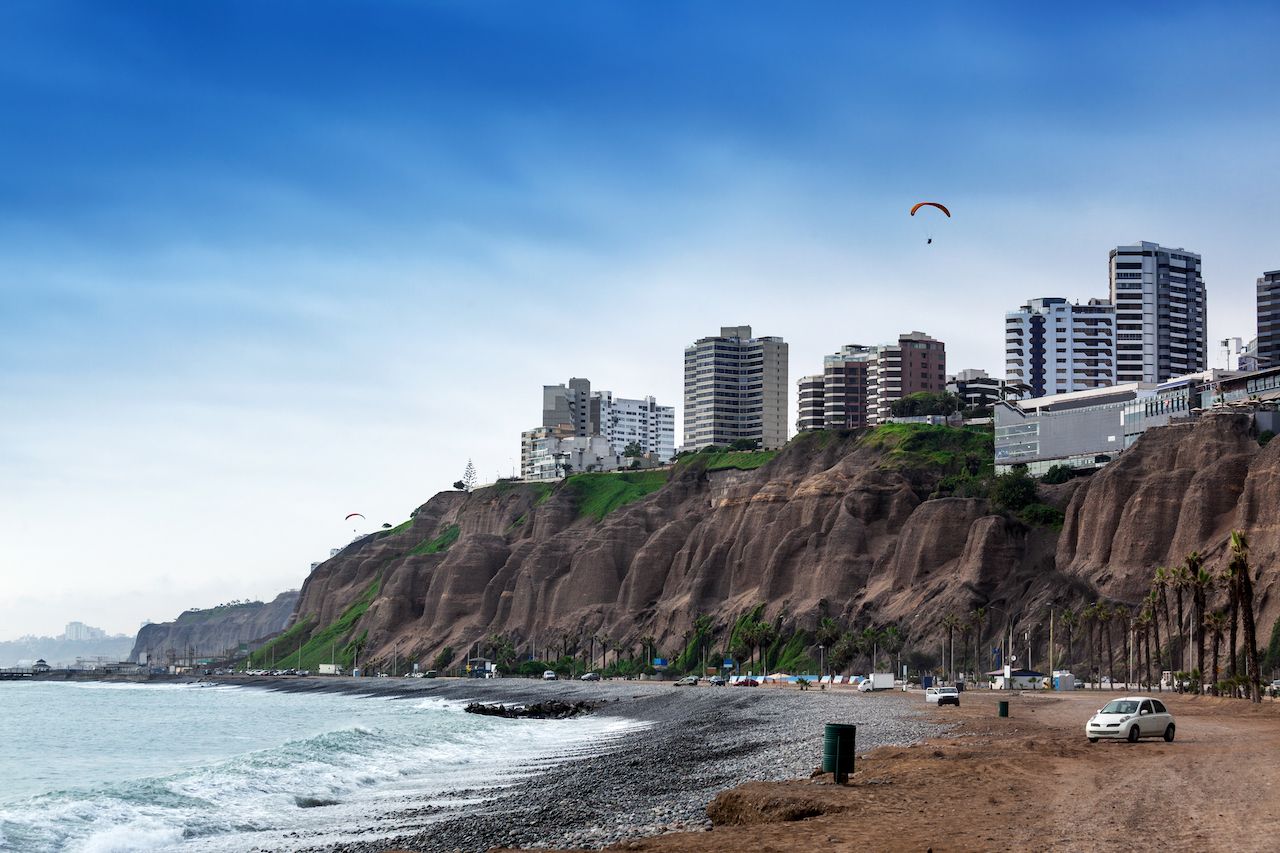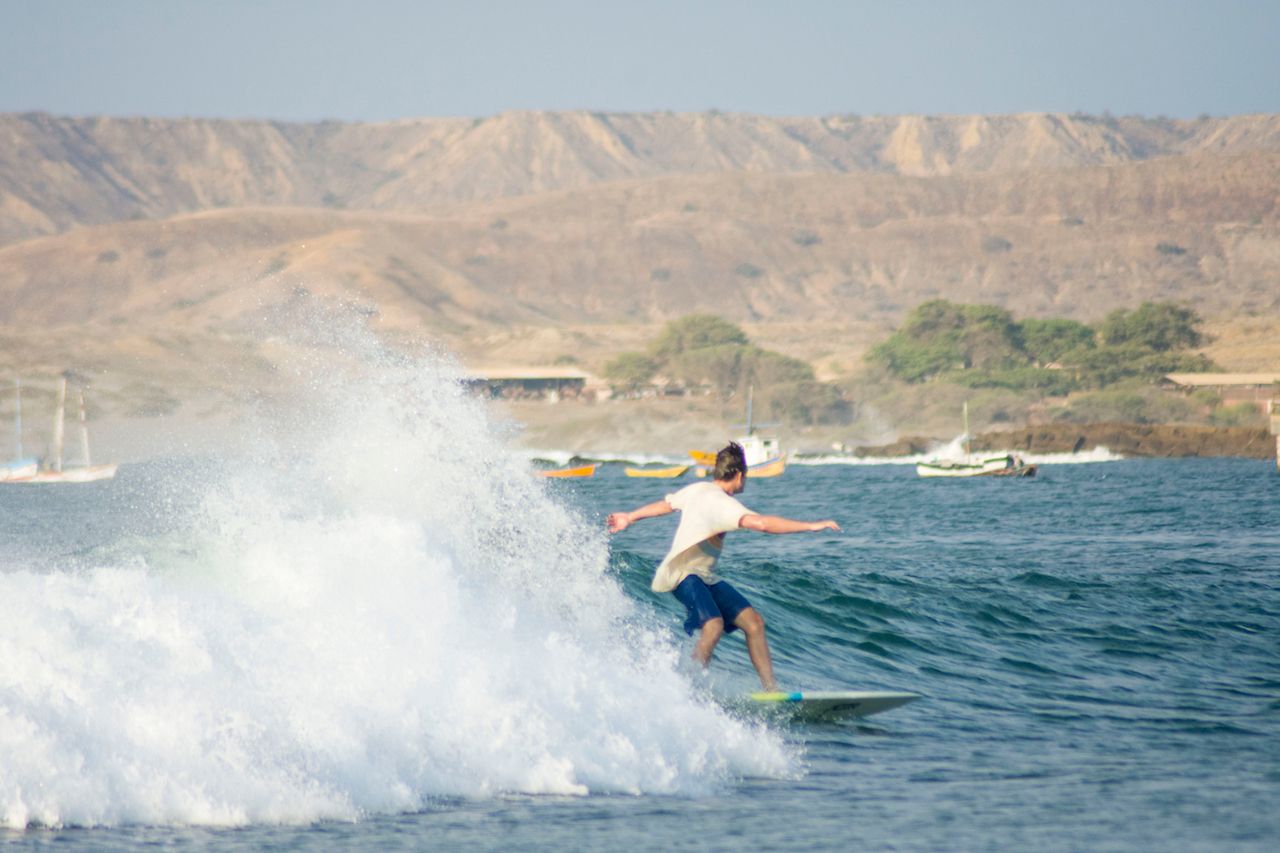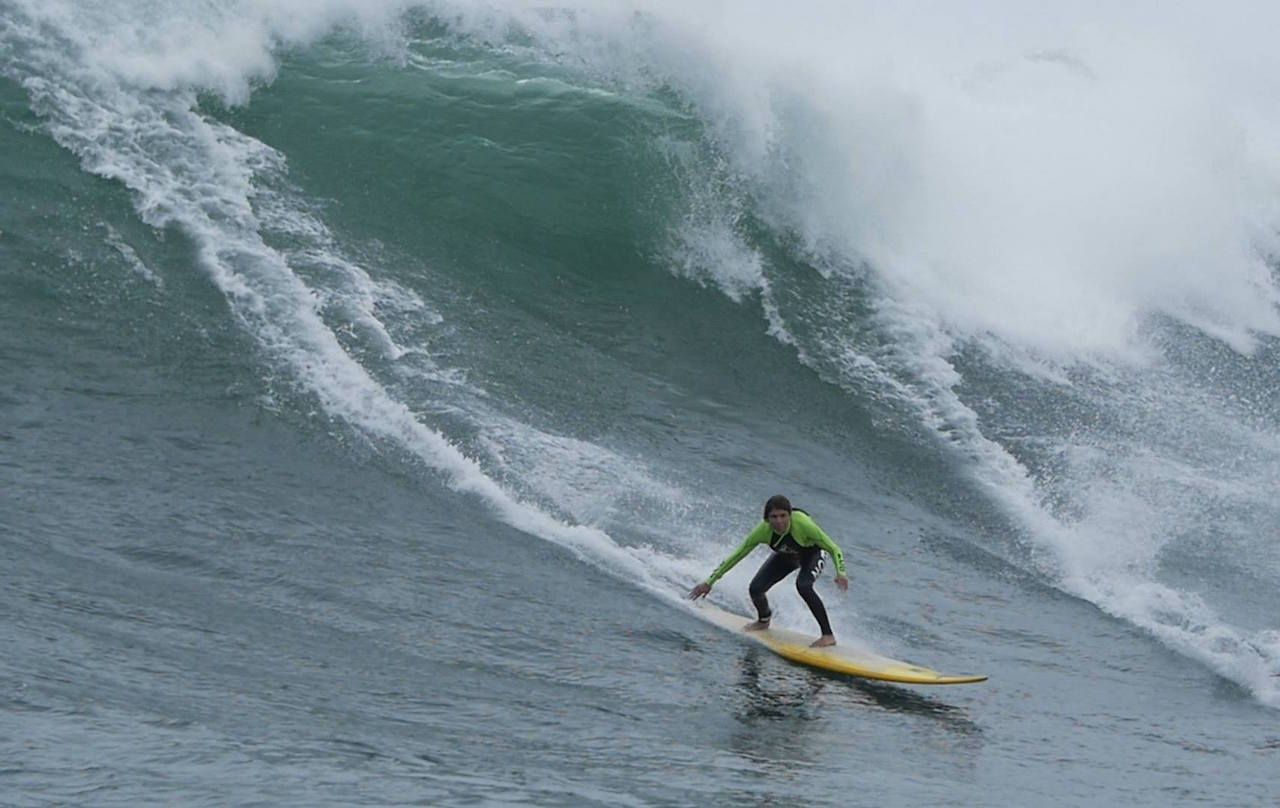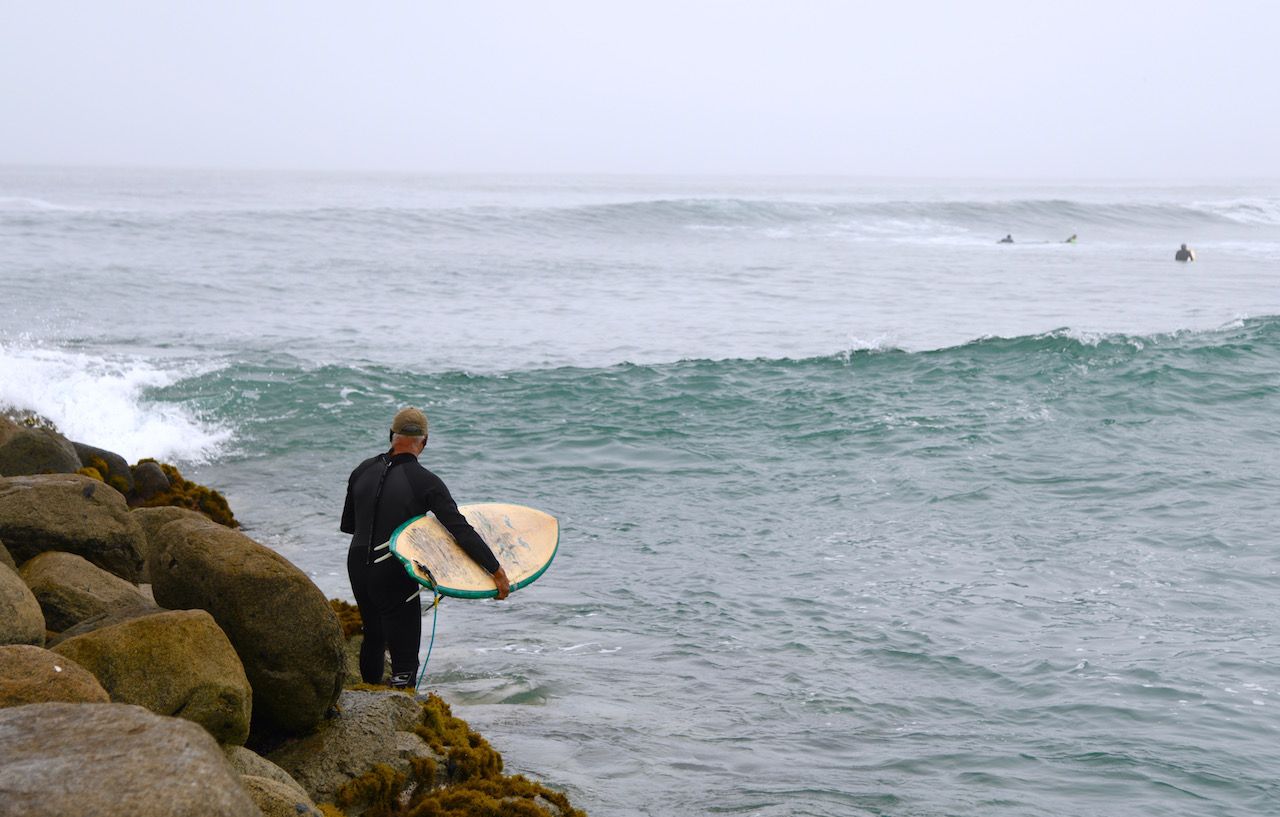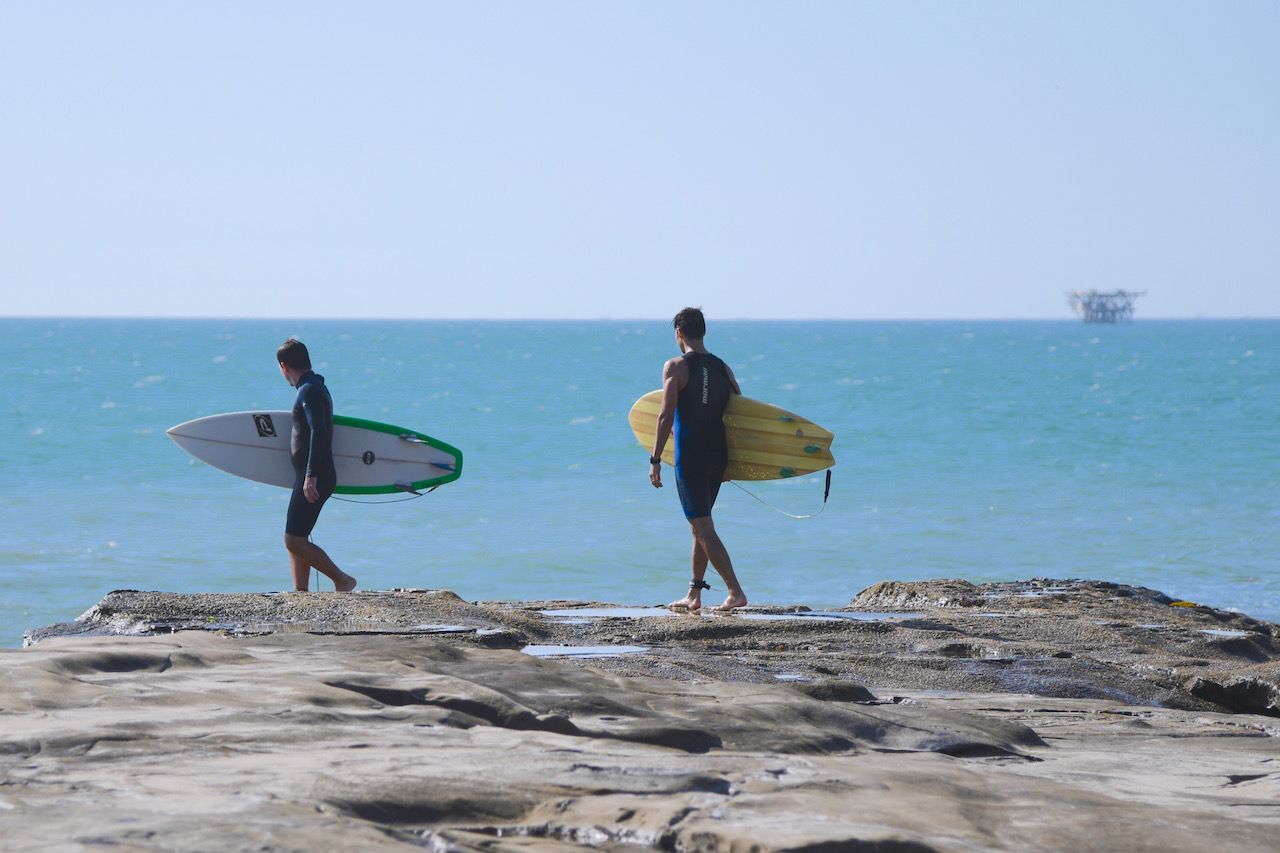It may have something to do with the fact that its best surf spots are hard to get to — or that the water is cold, or that people equate it more with mountainous Inca trails — but when surfers are planning their trips, Peru doesn’t often come to mind.
But look at a map and you’ll see a coastline longer than the US’s entire west coast. From the capital to distant fishing villages, Peru has gentle rollers, Pacific monsters, and every type of wave in between. While Peru is not on most surfers’ radar yet, it’s bound to be soon. Here’s why it’s the most underrated surfing destination we know.

